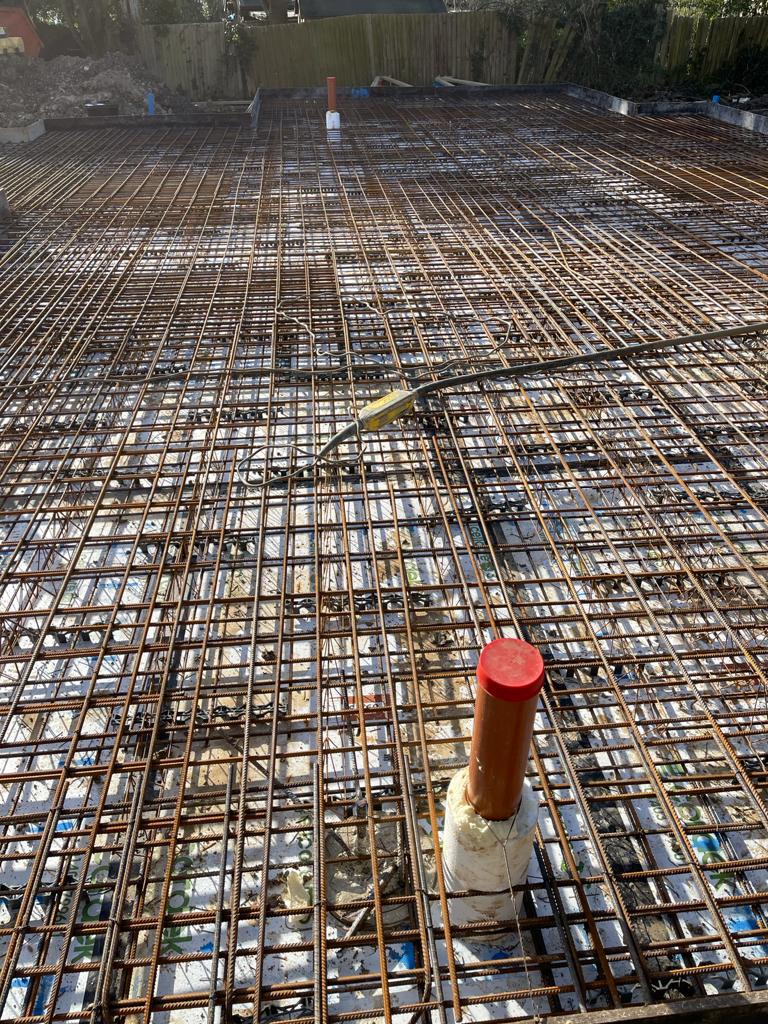
Our RC Services
We at Reinforced Concrete Contractors Sussex offer all these services with expertise and precision.
1. Reinforced Concrete Retaining Walls -We build strong and stable retaining walls to hold soil and prevent water erosion. Our reinforced concrete walls are used in gardens, highways, and hilly areas to protect against landslides and maintain ground levels.
2. Reinforced Concrete Frames -We construct durable and earthquake-resistant reinforced concrete frames that form the skeleton of buildings. Our frames, consisting of sturdy columns and beams, are widely used in high-rise buildings, offices, and malls.
3. Reinforced Concrete Columns -Our reinforced concrete columns provide structure strength and stability. These columns are built to withstand heavy loads and are used in residential, commercial, and bridge applications.
4. Reinforced Concrete Slabs—We install reinforced concrete slabs as strong and fire-resistant floors, ceilings, and roofs. Depending on the building's needs, we offer solid, hollow-core, or ribbed slabs.
5. Reinforced Concrete Sea Walls and Quays -We build durable sea walls and quays that protect shorelines, harbors, and riverbanks from erosion and flooding. Our reinforced concrete structures can withstand strong waves, high-pressure water, and extreme environmental conditions.
6. Reinforced Concrete Swimming Pools—Reinforced concrete swimming pools are durable, waterproof, and customizable. Our design distributes water pressure evenly and allows ground movement, making them a sound investment for residential and commercial applications.
7. Reinforced Concrete Basements—Reinforced concrete basements provide extra space for storage, parking, or living. Our basements are designed to resist soil pressure, water ingress, and foundation movements, ensuring that they are durable and safe.
8. In-Situ Staircases -We construct in-situ staircases designed to be cast directly onto the construction site for seamless and robust finishing. Our staircases can be straight, spiral, or curved to satisfy structural and aesthetic needs.
9. Reinforced Pad Foundations - We install reinforced pad foundations that support building loads and resist settlement. These concrete blocks under columns are used for small buildings and bridges.
10. In-Situ Ground Floors, Bases, and Decks - We provide in-situ ground floors, bases, and decks that are cast and set on-site for maximum strength and stability, suited for shops, factories, and bridges. Our steel-reinforced surfaces ensure durability and withstand heavy use.
At Reinforced Concrete Contractors Sussex, we take pride in providing high-quality, durable, and safe reinforced concrete for all construction projects. Contact us now; we would love to hear from you!


